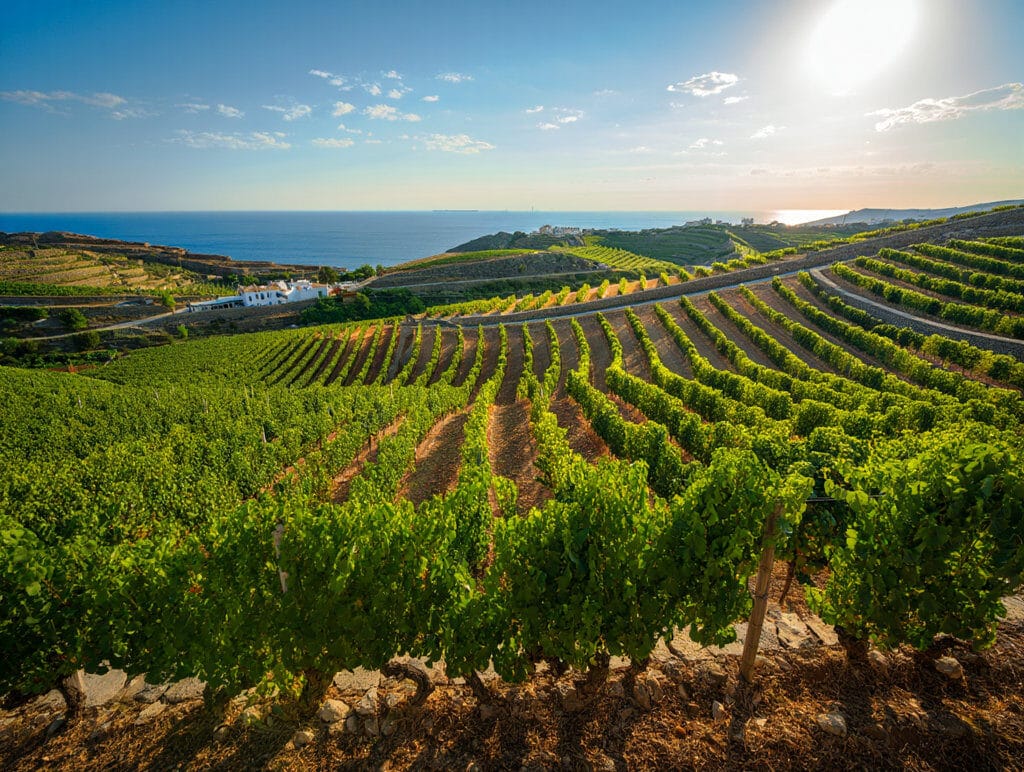New products
Showing 1–30 of 32 results
Showing 1–30 of 32 results

Greece is a wine-producing country with a heritage stretching back to the Mycenaean era in the 16th century BC, when wine already held a central place in Greek culture and religion. It was considered a divine gift, closely associated with Dionysus, the god of wine, fertility, and festivity. The Greeks were among the first to trade wine as a valuable commodity, and the port of Monemvasia became a medieval hub for shipping sweet wines from the Aegean to many parts of Europe under Venetian rule. Today, Greek viticulture benefits from the country’s mountainous landscapes, limestone, granite, and volcanic soils, and a Mediterranean climate with mild, wet winters and hot, dry summers. Many vineyards are located near the sea, where breezes moderate the heat, or at high altitudes to enhance wine structure. Autumns are often dry, resulting in fully ripe grapes with low acidity. Greece has around 61,500 hectares of vineyards, two-thirds planted with white grapes and one-third with red. Wines with protected designation of origin (PDO) carry numbered control bands issued by the Ministry of Agriculture. One of Greece’s most distinctive wines is Retsina, a resinated wine that makes up about 10% of production and reflects an ancient tradition of maturing wine in resin-lined barrels. Greece is also famous for spirits such as Ouzo, flavored with anise, and Metaxa, a brandy blended with herbs. Greek wine regions extend from the mainland to the Aegean and Mediterranean islands. In the north, areas like Thrace, Drama, and Kavala produce both native and international varieties. Macedonia’s Naoussa is celebrated for Xinomavro, a powerful, aromatic red grape known as the “Nebbiolo of Greece,” while Thessaly offers a mix of indigenous grapes such as Krassato, Stavroto, and Savatiano. In the Peloponnese, the Nemea region is famed for Agiorgitiko, producing rich reds, while Mantinia, at higher elevations, specializes in Moschofilero, a fragrant variety with similarities to Traminer. The western Peloponnese around Patras is known for Roditis, which yields plump, lightly aromatic whites. The Greek islands also have a long winemaking tradition. Samos produces renowned sweet and fortified wines from Muscat grapes grown on terraces at 600–800 meters. Crete, Paros, and Santorini are equally famous, with Santorini’s Assyrtiko standing out for its natural acidity, drought resistance, and capacity to produce fresh, aromatic wines with great aging potential. On Crete, vines are often trained in protective basket shapes to shield grapes from wind and preserve moisture. Across all these regions, Greece combines ancient traditions with unique terroirs to create wines that are increasingly valued on the international stage.